If there is something that the Renault Capture in this new generation are powertrains. From diesel engines to plug-in hybrid versions, there is a little bit of everything in the range of the Gallic SUV, including a Bi-Fuel variant, ie LPG and petrol.
To find out if it pays off compared to its petrol counterpart, we tested two Renault Capturs, both with the 1.0 TCe of 100 hp and a five-speed manual transmission, and with the Exclusive equipment level. The only differences between the two? Body color and fuel consumed.
Is the approximately 1000 euros paid more by Captur the GPL worth it? Or is it better to save the money and invest in gasoline?
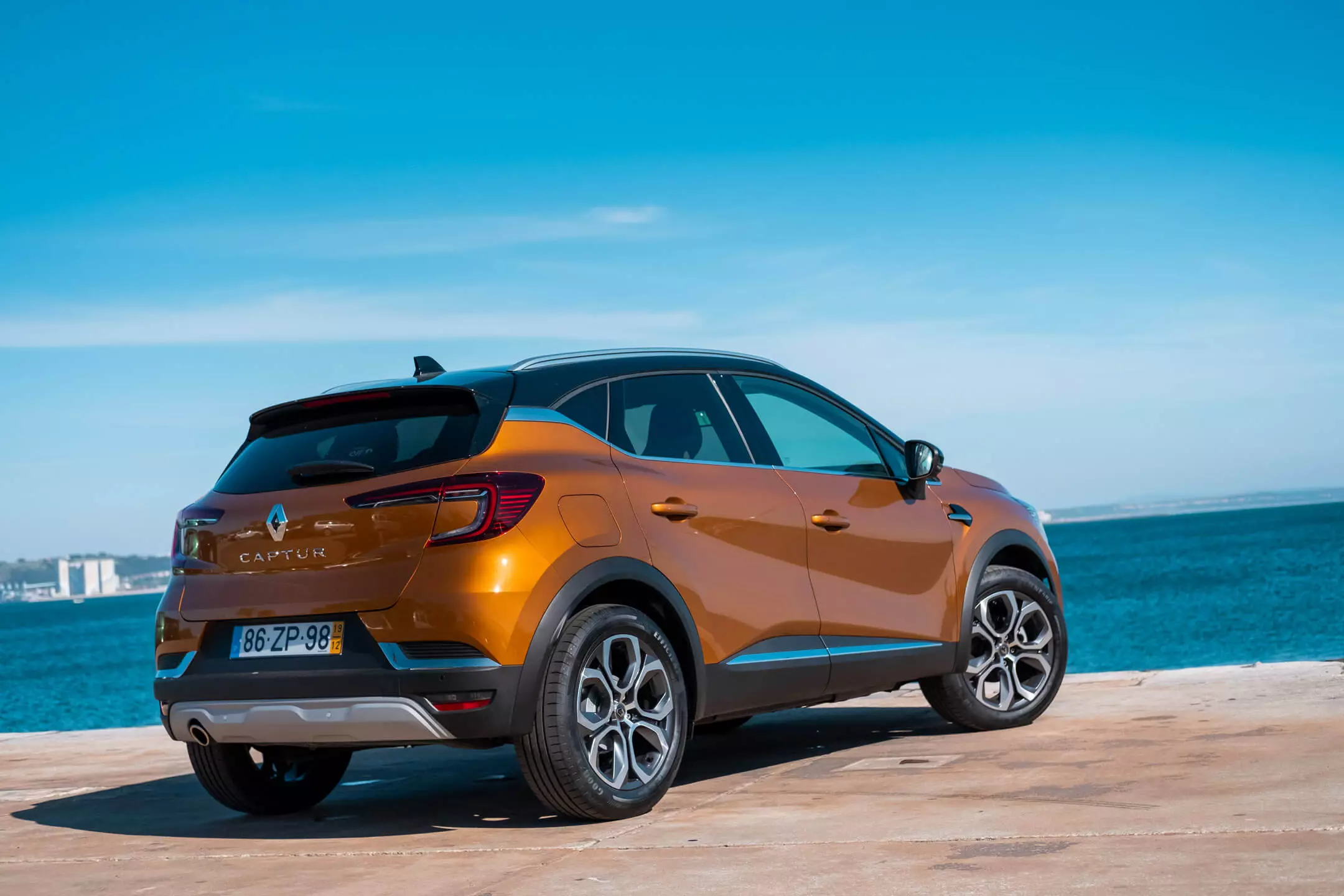
Two fuels, equal yield?
Going straight to the heart of the matter and as expected, whether the 1.0 TCe is consuming whatever fuel it is, it proves to be pleasant to use and willful, not detecting, as we saw in the identical case of Duster, differences in performance as we consume gasoline or LPG — if there is, they are imperceptible.
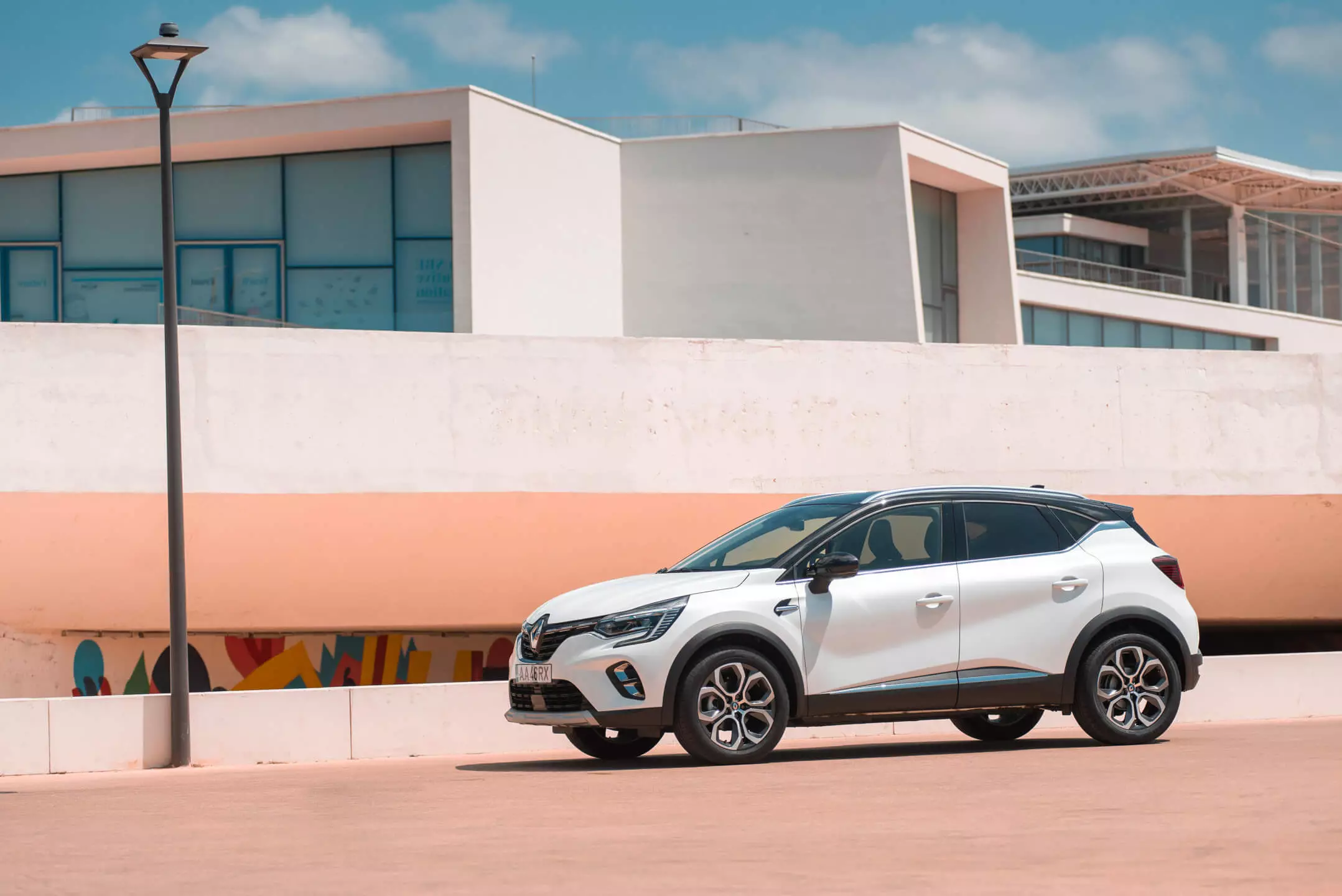
The 1.0 TCe is not surprising for its performance, but this is reasonable, considering that it is a mil with three cylinders and 100 hp. The small block also makes itself heard when we demand more from it, although the experience is not unpleasant.
With regard to consumption, the 1.0 TCe proved to be measured. In Captur exclusively powered by gasoline, they walked through the 6-6.5 l/100 km in mixed use and without major concerns. In the Captur GPL, consumption is around 25% higher, in other words, they were around the 7.5-8.0 l/100 km , which had to be calculated the “old way”.
Subscribe to our newsletter
As far as we can see, the Renault Group's bi-fuel proposals, which include the Dacia models, do not have an on-board computer — the Captur GPL doesn't even have a partial kilometer meter. An absence that, in the times we live in, seems difficult to justify.
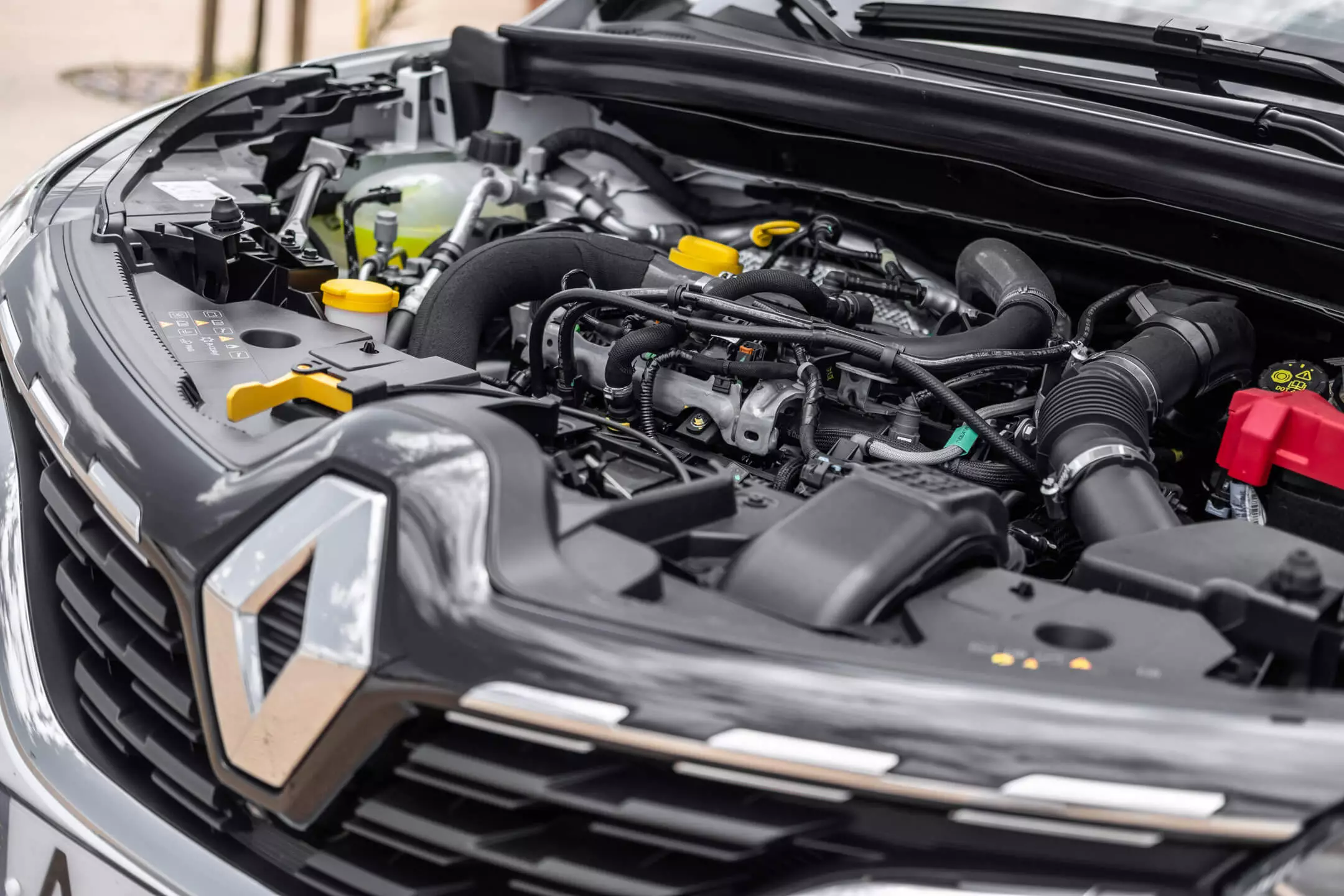
At the wheel of the Renault Captur
Also behind the wheel of this pair of models, the differences, if any, are imperceptible. Only when we compare them with the other Captur we've already tested, the 1.5 dCi 115hp and six-speed manual gearbox, do we find more substantial differences than expected.
If in 1.5 dCi the weight of all the controls and the feel of the box deserved praise, the same doesn't happen in the 1.0 TCe. The steering action, while precise, is light, too light even, but the biggest difference lies in the clutch and gearbox action.
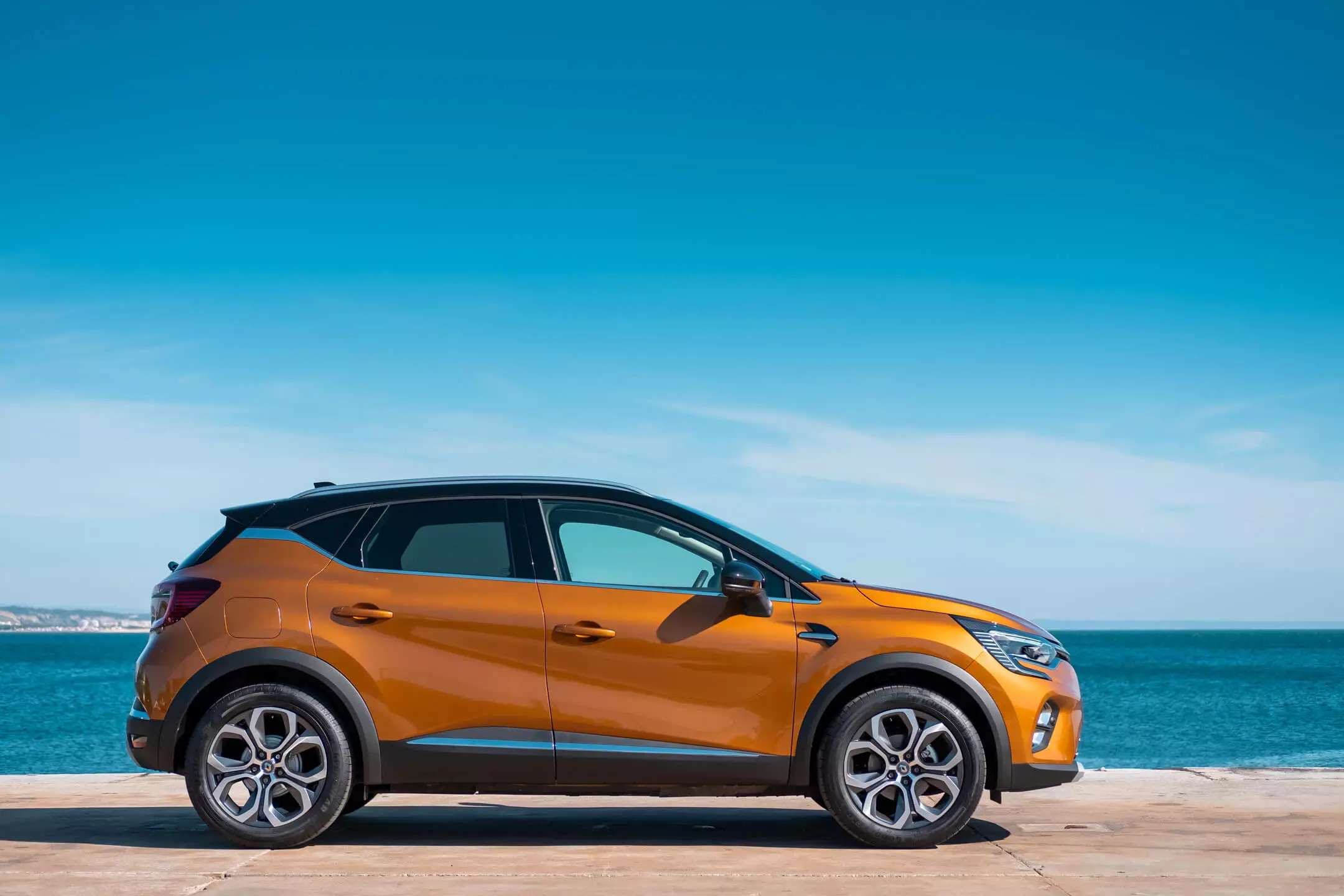
The 1.0 TCe clutch contrasts with the 1.5 dCi clutch, being less accurate, more difficult to dose and with a somewhat long stroke — it forced a longer period of adaptation. The five-speed gearbox also loses in touch quality — more plastic than mechanical — compared to the dCi's six-speed gearbox, and despite being precise q.b., its stroke could be a little shorter.
Dynamically, on the other hand, no surprises. The suspension setting of the Capturs is oriented towards comfort, characterized by a certain softness in the way it deals with the imperfections of the asphalt. That smoother side of it justifies the increased body movement when we raise the pace and combine it with rougher roads.
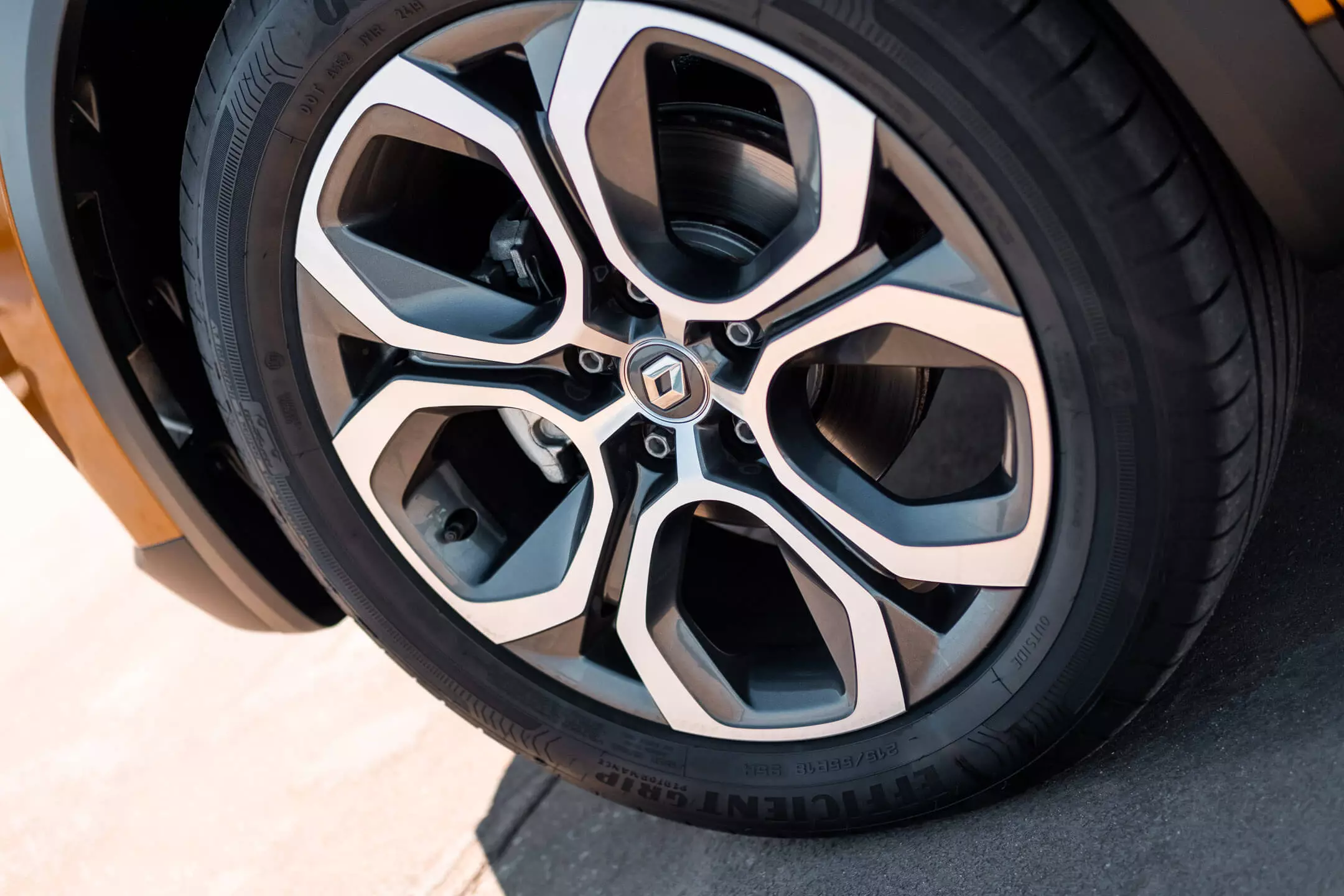
However, nothing to point to safe, predictable behavior. The chassis takes on a neutral and progressive attitude, and the rear axle likes to help keep the front in the right direction (just like on the Clio), entertaining more than the 2008 Peugeot, for example. However, it is not the kind of attitude that characterizes the Captur, where other proposals, such as the Hyundai Kauai, SEAT Arona or Ford Puma, would be more comfortable.
Even in Sport mode, where the throttle gains feel and the steering weightier, it's immediately clear that the Captur would gladly swap the winding mountain road for a more open one, or a freeway.
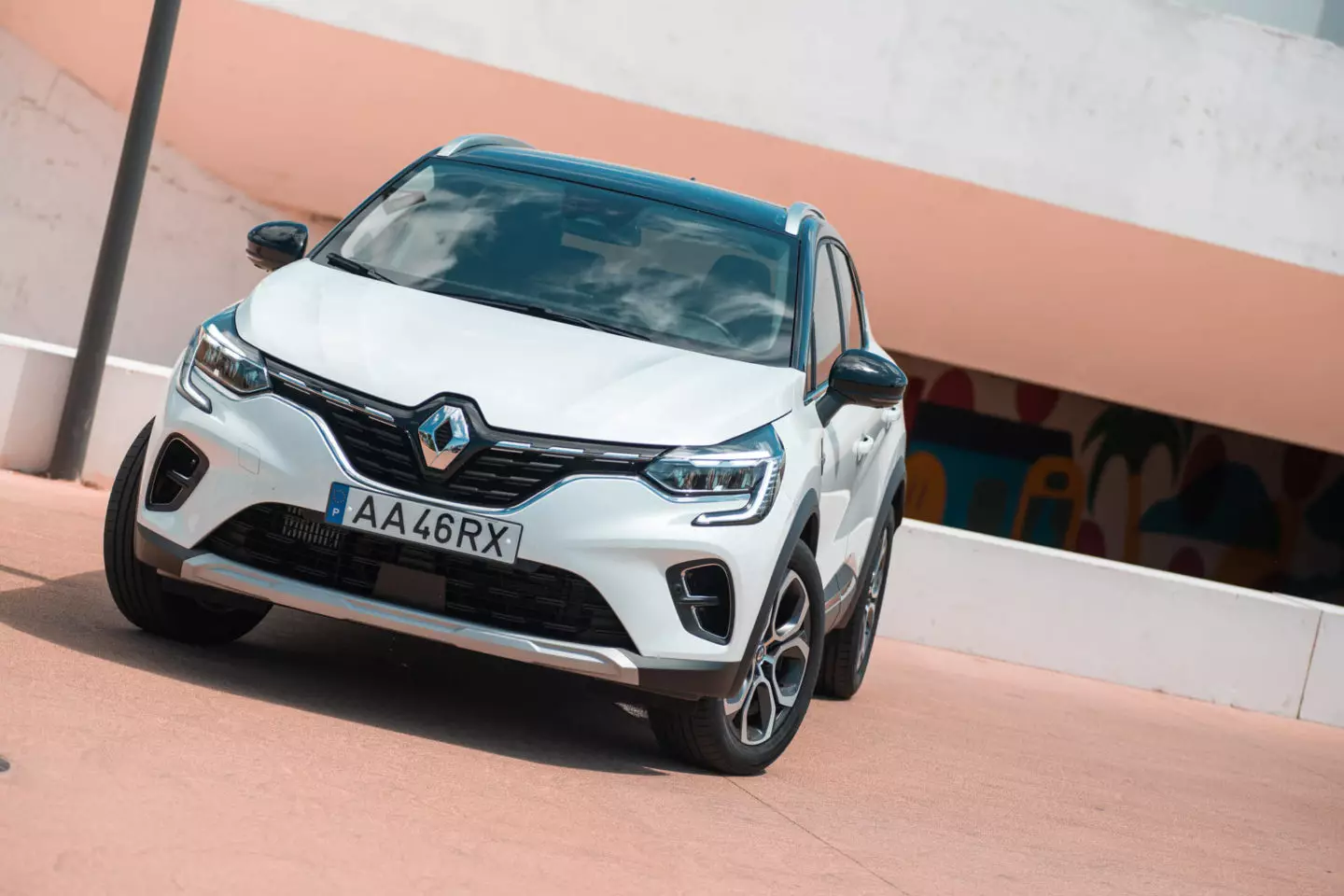
Renault Captur 1.0 TCe Bi-Fuel
In this scenario it is stable, with the general refinement being in good plan, where the rolling and aerodynamic noises are contained. Better in this chapter than models like the Fiat 500X, Jeep Renegade or Hyundai Kauai, but arch-rival Peugeot 2008 manages to do even better.
And more?
Besides, it's the Captur we already knew. Inside, we are surrounded by a mixture of soft materials (in the most visible and touched areas) with hard ones. The assembly, on the other hand, is quite reasonable, but it is a level below that presented by the Peugeot 2008 or Hyundai Kauai, something denounced by the parasitic noises when we circulate on bad floors.
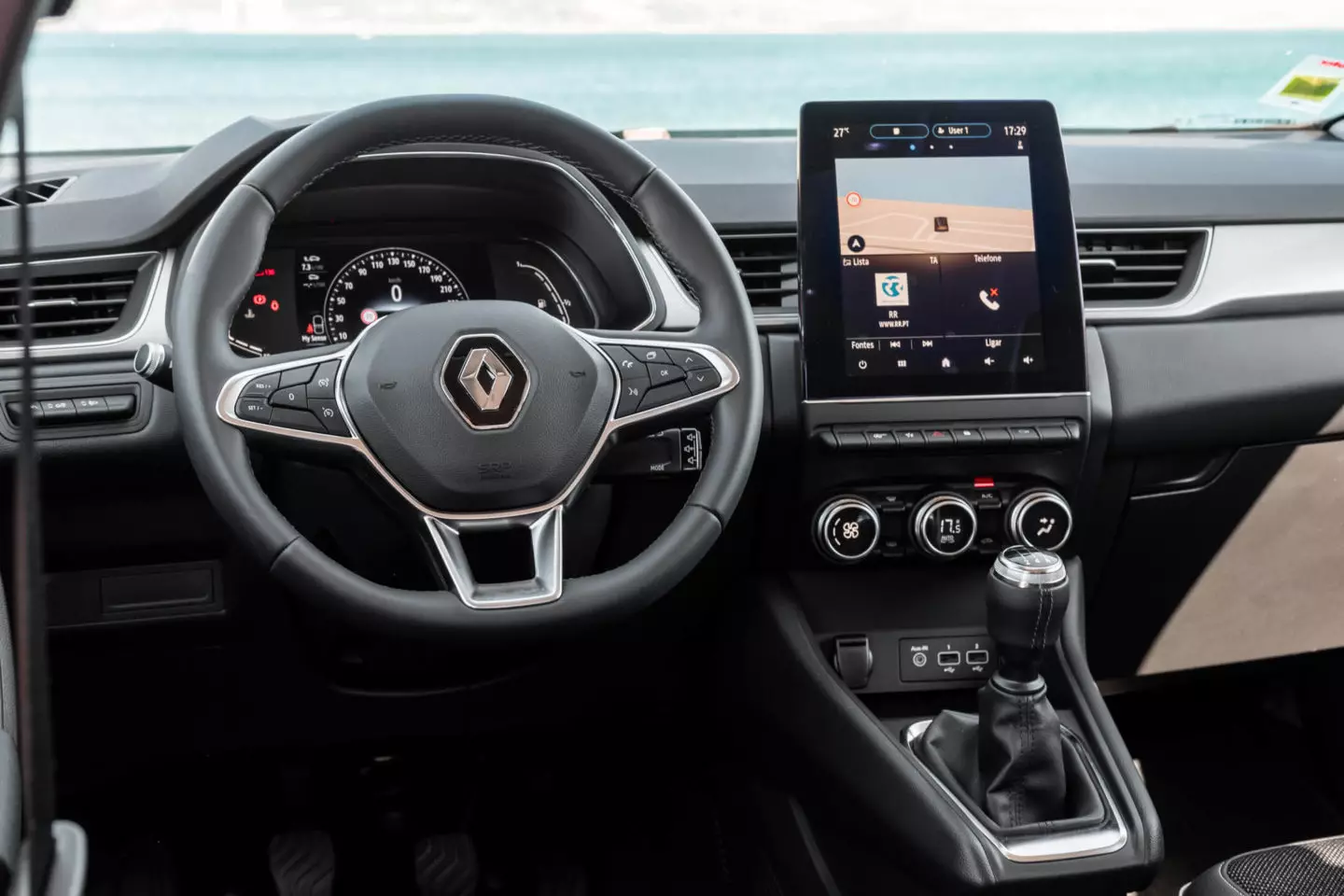
The central screen in an upright position stands out inside the Captur, although its integration into the dashboard is not to everyone's liking.
In the technological field, if on the one hand we have a very good infotainment system, on the other hand, voice commands sometimes persist in not understanding what we are saying.
As for space, we also found no differences. The LPG tank mounted under the luggage compartment floor did not affect the luggage compartment capacity. This means that, in both cases, it offers between 422 and 536 liters of capacity depending on the position of the rear seats, one of the best values in the segment.
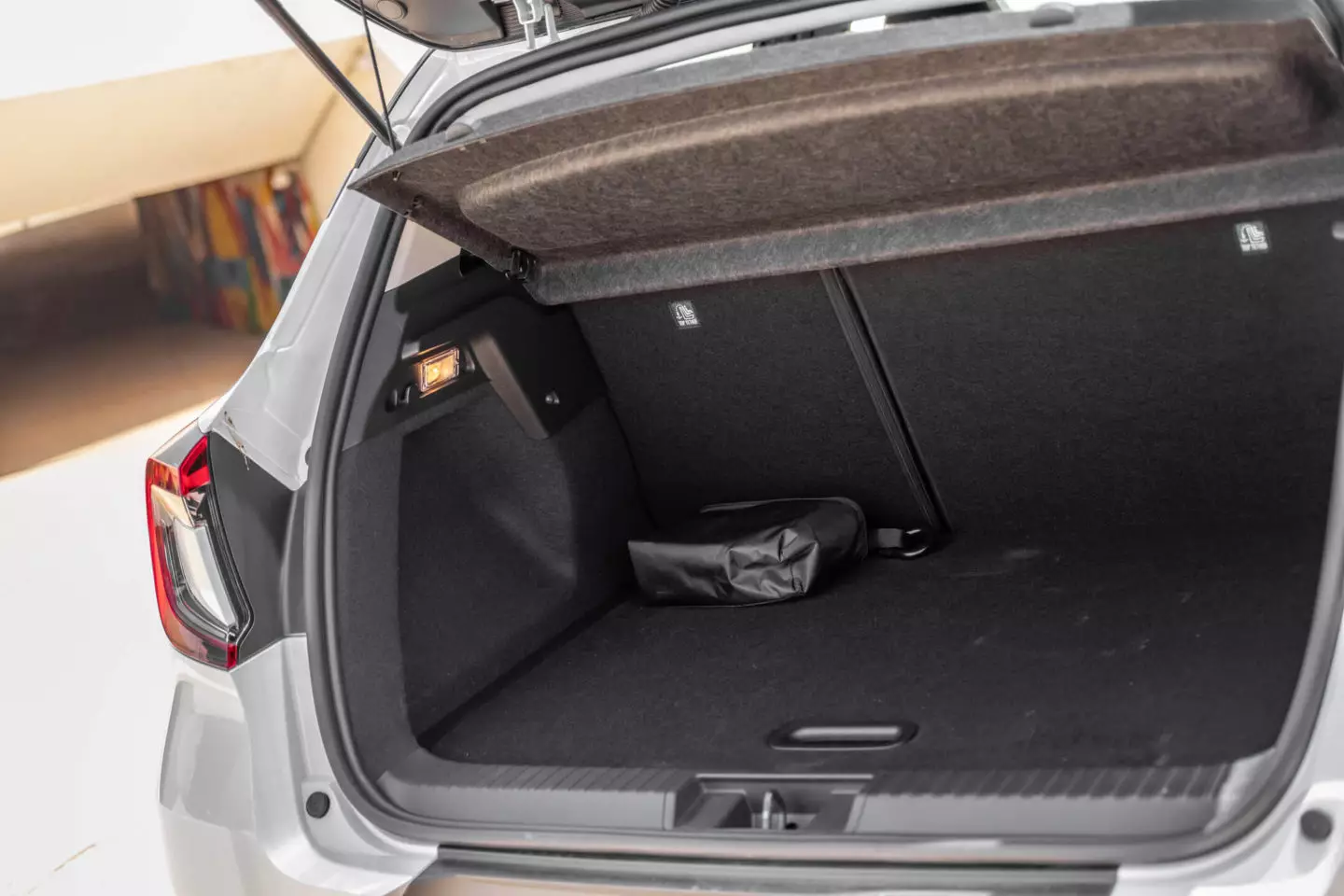
The LPG deposit did not steal capacity from the trunk.
In terms of habitability, this is in a good plan both front and rear, with passengers in the rear seats benefiting from good visibility to the outside, ventilation outlets and USB plugs.
What is the best option?
With the only difference between the two Captur being in the use of LPG and despite the difference in price, the answer to this question turns out not to be especially complicated.
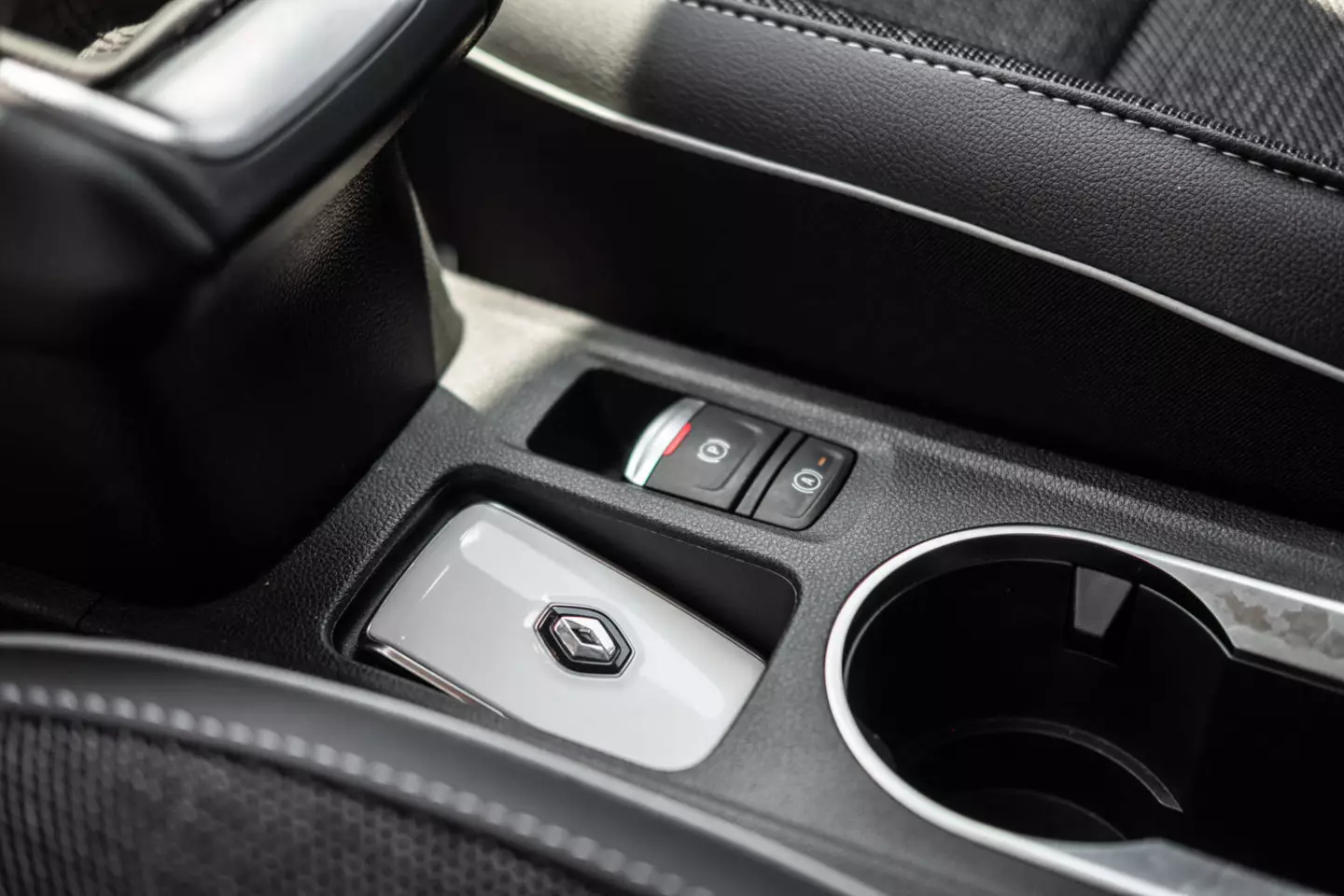
Attention to detail: in the center console we have a space to leave the "key"
After all, for around 1000 euros more it is possible to have a Renault Captur that consumes a fuel that costs about half the price of gasoline and that keeps intact all the qualities already recognized in the Gallic SUV.
So in this case, it won't even be necessary to paraphrase the politician who once told us all to do the math. Unless these 1000 euros difference make you really miss, the Captur a GPL is profiled as the best option, and the only thing to regret is the absence of the on-board computer.
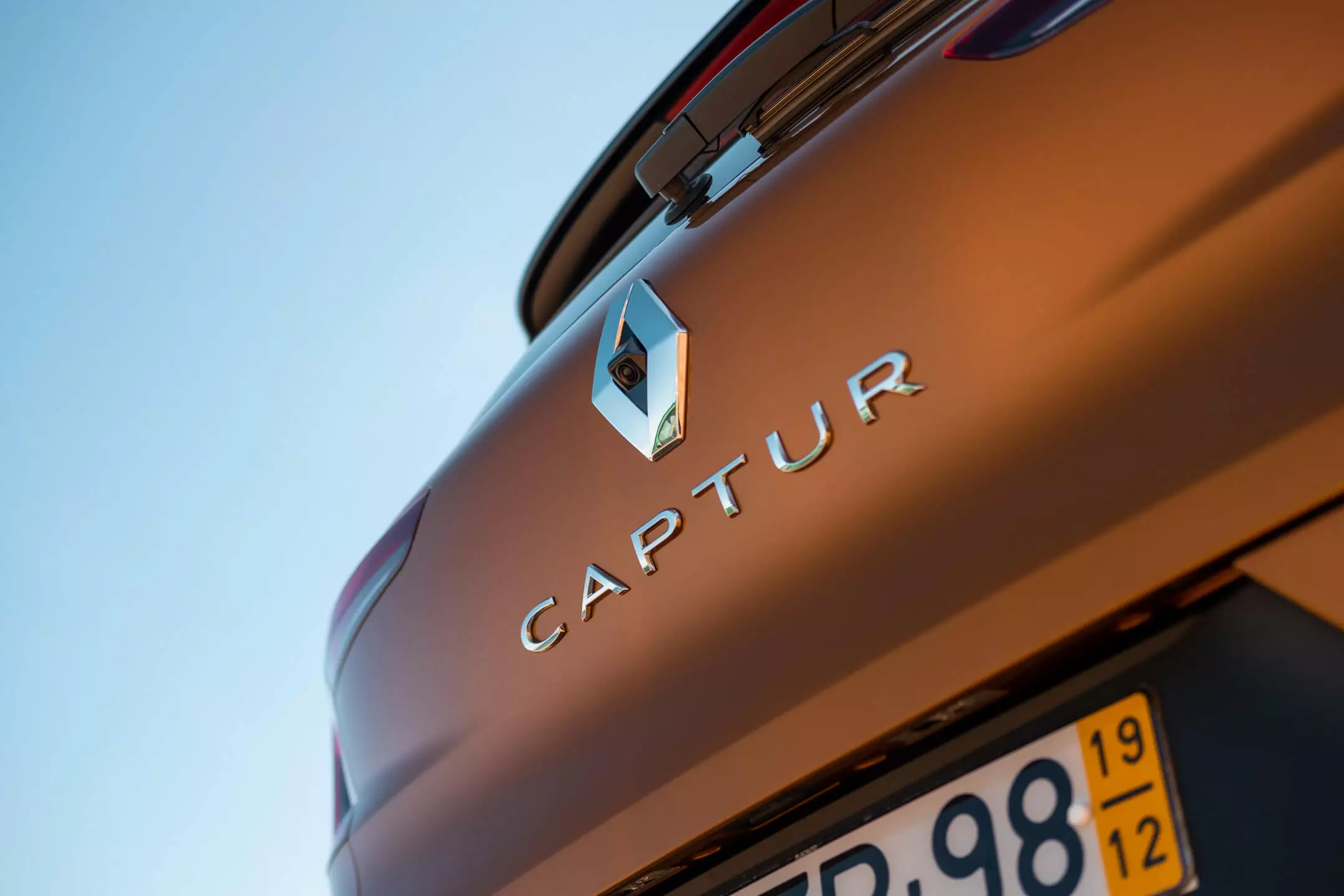
Note: The values in parentheses in the data sheet below refer specifically to the Renault Captur Exclusive TCe 100 Bi-Fuel. The price of this version is 23 393 euros. The price of the unit tested amounts to 26 895 euros. The IUC value is €103.12.
